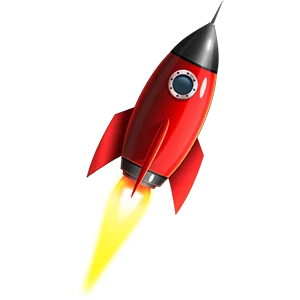Technical SEO for Single Page Applications (SPAs)
Technical SEO for Single Page Applications (SPAs)
Introduction
Technical SEO for Single Page Applications (SPAs) is a crucial aspect of any digital marketing strategy. SPAs are web applications that render dynamic content on a single page, meaning that the page does not reload as the user interacts with the application. As such, and in comparison to traditional websites, there are some challenges associated with optimizing SPAs for search engines. In this article, we will cover the basics of technical SEO for SPAs and provide a step-by-step guide on how to implement the most important optimization techniques.
What is Technical SEO for SPAs?
Technical SEO for SPAs refers to the process of optimizing single page applications in order to make them more visible in search engine results pages (SERPs). This includes making the necessary changes to the code and architecture of the application to ensure that search engines can access and crawl it. It also involves optimizing elements such as page titles, meta descriptions, headings, and other on-page elements.
Why is Technical SEO for SPAs Important?
Technical SEO for SPAs is important for a variety of reasons. Firstly, it ensures that your SPA is indexed by search engines. This increases the chances of your application appearing in SERPs and ultimately boosts its visibility. Secondly, it helps to ensure that search engine crawlers can access and understand the content of your SPA, which is necessary for successful indexing and ranking. Thirdly, technical SEO for SPAs helps to improve the user experience by making it easier for visitors to find your application in SERPs and navigate around it.
Step-by-Step Guide to Technical SEO for SPAs
1. Ensure That Your SPA is Indexable
The first step in optimizing a SPA for search engines is to ensure that it is indexable. This means ensuring that the application is discoverable by search engine crawlers and that they can access and index the content. To do this, you will need to make sure that the application is well structured and that it has a logical linking structure. Additionally, you should use canonical tags to indicate the preferred version of each page within the application and add a sitemap to make it easier for search engine crawlers to navigate your SPA.
2. Optimize On-Page Elements
Next, you should focus on optimizing the on-page elements of your SPA. This includes elements such as page titles, meta descriptions, headings, and images. All of these elements should be optimized for the relevant keywords you are targeting. Additionally, you should use structured data to provide search engine crawlers with more information about your application’s content.
3. Optimize Page Load Times
Page load times are an important factor for SEO, and this is especially true for SPAs. Slow page load times can have a negative impact on your rankings, so it is important to optimize the loading times of your SPA. This can be done by optimizing the code of the application, reducing the size of images and other media files, and enabling browser caching.
4. Monitor Performance
Finally, you should monitor the performance of your SPA in SERPs. This can be done using a variety of tools such as Google Search Console and Google Analytics. These tools can provide valuable insights into the effectiveness of your technical SEO strategy and help you identify areas for improvement.
Conclusion
Technical SEO for SPAs is an important part of any digital marketing strategy. Follow the steps outlined in this article to ensure that your SPA is optimized for search engine crawlers and that it is visible in SERPs. Monitor the performance of your SPA in SERPs to get a better understanding of your technical SEO efforts and to identify areas for improvement.
